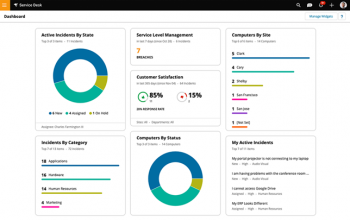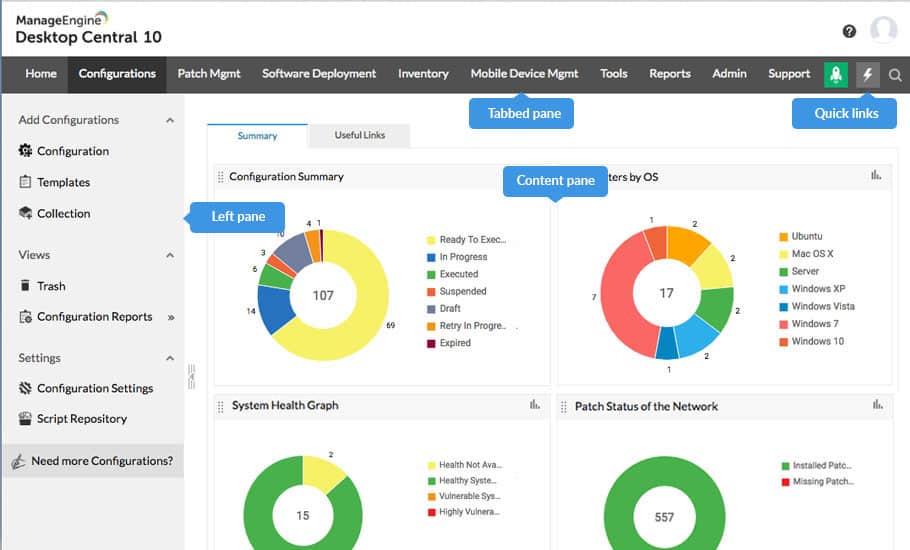
You will now have a UAC that you can see over your remote assistance tool. Set Security Settings > Local Policies > Security Options > User Account Control: Switch to the secure desktop when prompting for elevation to Disabled. In the elevated command prompt start Secpol, you won't get a UAC prompt: c:\>secpol.msc

In the command prompt window start elevated command prompt with RunAS: c:\>runas /user:example\user.name cmd.exe Start a normal command prompt Windows key + R, cmd, enter. You can force the UAC on to the user's desktop, where you can see it, by using secpol.msc to set Security Settings > Local Policies > Security Options > User Account Control: Switch to the secure desktop when prompting for elevation to Disabled.īut you cannot 'run as admin' secpol.msc directly because, you guessed it, you need to pass UAC. This is because UAC normally appears on a separate secure desktop.

In the absence of a VPN connection, when using some sort of remote assistance desktop sharing to administer the PC of WFH user you may encounter the problem of not being able to see a UAC for admin tasks. Note: the following assumes you have some sort of admin credentials on the user's PC.


 0 kommentar(er)
0 kommentar(er)
